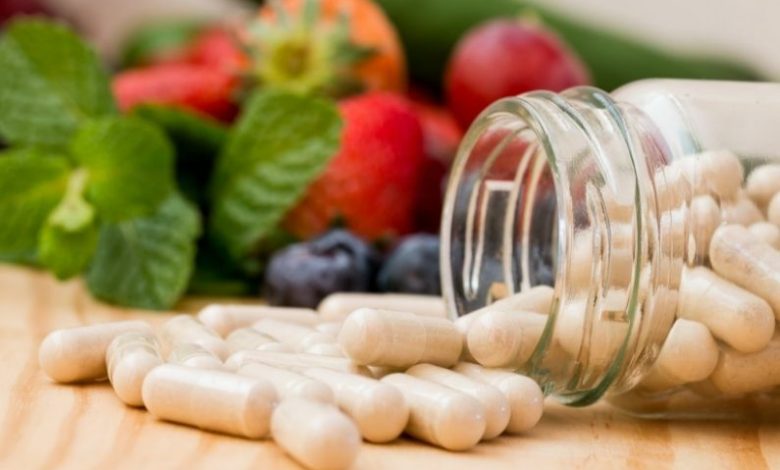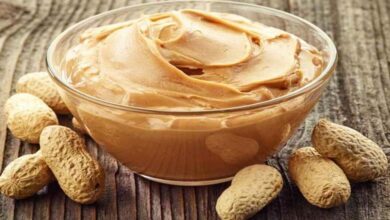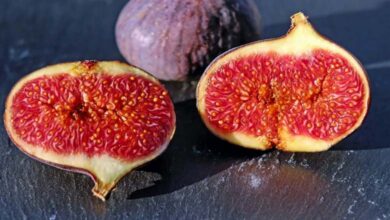Quercetin: What foods contain this antioxidant?

Quercetin is the flavonoid most commonly consumed by humans. It is a substance present in plants, which has been known for its antioxidant action for a long time. Many foods contain this molecule, but which foods contain the most? Let’s take stock.
Flavonoids are substances that belong to the family of polyphenols, molecules that plants naturally make to defend themselves against aggression. Flavonoids are responsible for the coloring of flowers and fruits. According to the Agency for Research and Information on Fruits and Vegetables (Aprifel), these compounds, present in fruits and vegetables, have antioxidant and anti-inflammatory properties. They also inhibit the inflammatory process associated with chronic diseases.
‘Many studies have described their ability to inhibit intestinal inflammation, with important implications for the prevention and treatment of chronic diseases such as cardiovascular disease, diabetes, Alzheimer’s disease, inflammatory bowel disease and colon cancer,’ the agency’s website reads.
Thousands of flavonoids have been identified by chemists. Among the best known are the catechins, which include green tea. Rutin, which is found in large quantities in grapes, and citroflavonoids, which can be found in citrus fruits, are also renowned. Another flavonoid we regularly hear about is quercetin. It is most commonly consumed naturally by people.
What is quercetin?
Quercetin is a natural derivative of rutin, which is another flavonoid. This yellow substance is found in plant-based foods, according to ConsumerLab.com, a U.S. company that publishes test results on health products. In its natural form, quercetin is bound to sugar molecules, but dietary supplements generally contain only the quercetin molecule or quercetin bound to water molecules. This compound is frequently combined with vitamin C because it would promote its absorption.
Quercetin: What foods can you find naturally?
This molecule is mainly present in fruits and vegetables. The Cancer Foundation and the medical journal Nutrients report that quercetin can be found in the following:
Garlic
The capers
Cabbage
The bays
Grapes
Green beans
Tea
Red onions
Shallots
Apples
Tomatoes
Walnuts
Buckwheat
Honey
“In red onions, the highest concentrations of quercetin are found in the rings outside and in the part closest to the root,” says Nutrients.
This substance may also be provided in the form of food supplements. If these drugs are used, people should avoid taking them for a long time and in large amounts because quercetin can cause kidney problems, headache, and stomach upset.
What are the benefits of quercetin?
Quercetin has many virtues. According to the medical journal Nutrients, the latter “has unique biological properties that can improve mental/physical performance and reduce the risk of infection.” Thanks to its antioxidant action, it stimulates the immune system. Like all flavonoids, this compound is a potent anti-inflammatory. According to PubChem, a US database of chemical molecules managed by the National Center for Biotechnology Information, quercetin also has anti-allergic properties. The Cancer Foundation specifies that it “is used by some cancer patients for the anti-cancer effects they claim to have. But further studies are needed to confirm this property.












